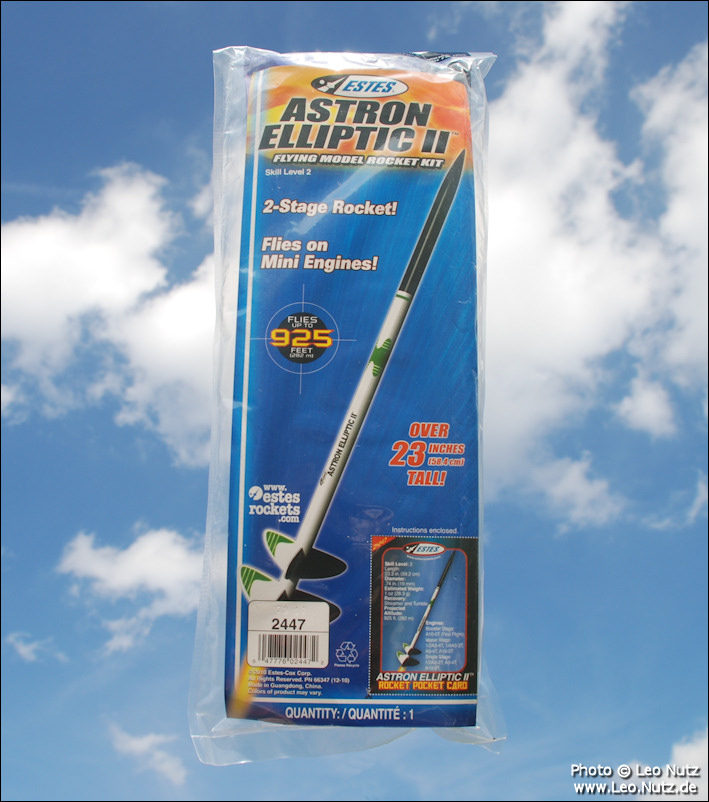Everyone,
I would like to present work I did within the last couple of months.
Back in February 2012 I decided to tackle a project without realy knowing how the outcome would turn out. To keep to a certain time schedule I decided the project needed to be finished by the end of August 2012 so that I would be ready to use the altimeter at this years Freedom Launch in SC. Otherwise I would have had to use a commercial altimeter.
After defining the hardware I preceded to learn C+ and write the firmware and some software tools for the project. This was a task that kept me extremely busy and I had to overcome many hurdles. In the end however it went a lot more smoothly than I had anticipated.
So, I am now proud to say the goal was accomplished with a resounding success
You can read all about it here : Project ALTDuino
Please feel free to comment on the website.
I would like to present work I did within the last couple of months.
Back in February 2012 I decided to tackle a project without realy knowing how the outcome would turn out. To keep to a certain time schedule I decided the project needed to be finished by the end of August 2012 so that I would be ready to use the altimeter at this years Freedom Launch in SC. Otherwise I would have had to use a commercial altimeter.
After defining the hardware I preceded to learn C+ and write the firmware and some software tools for the project. This was a task that kept me extremely busy and I had to overcome many hurdles. In the end however it went a lot more smoothly than I had anticipated.
So, I am now proud to say the goal was accomplished with a resounding success
You can read all about it here : Project ALTDuino
Please feel free to comment on the website.




